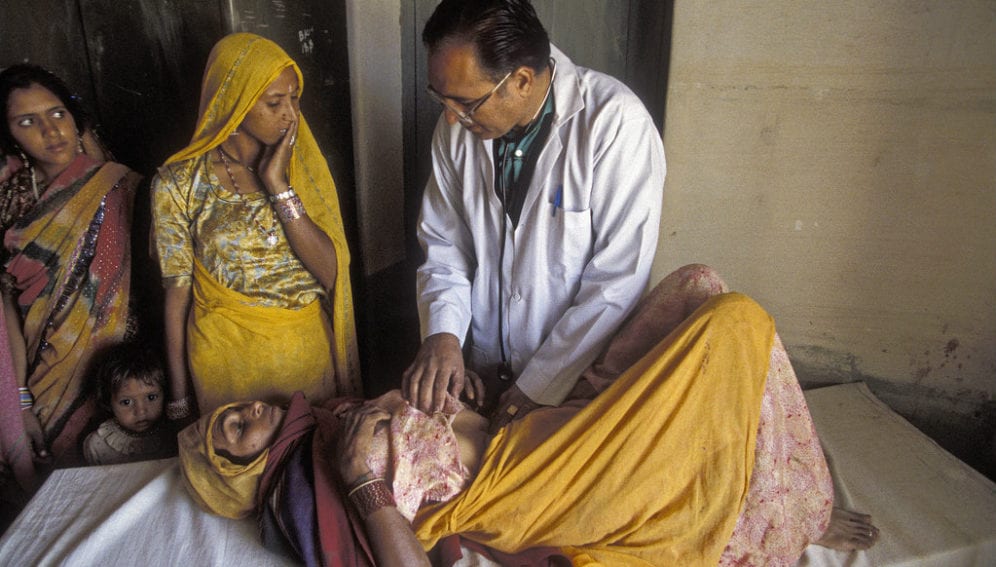By: M. Sreelata
Send to a friend
The details you provide on this page will not be used to send unsolicited email, and will not be sold to a 3rd party. See privacy policy.
[NEW DELHI] Gross underreporting of dengue cases may be undermining efforts to prevent the spread of the mosquito-borne disease in India, a new study suggests.
According to the study, published last month (October) in the American Journal of Tropical Medicine and Hygiene, the actual incidence of dengue may be 280 times more than the number of cases reported annually to the national disease surveillance system.
While the annual average number of cases reported during 2006—2012 was 20,000 there were about six million actual cases during that period, according to data collected for the study. This, despite hospitals being required by law to report all confirmed cases to the authorities.
“Underreporting is occurring in both public and private hospitals,” Yara Halasa, study participant and lecturer at the Schneider Institutes for Health Policy, Brandeis University, Massachusetts, tells SciDev.Net. “However, underreporting in the private sector is much higher.’’
The researchers conducted an empirical case study in Madurai, Tamil Nadu state to calculate the number of clinically diagnosed dengue patients in that district and complemented it with expert opinion and results from retrospective studies and surveillance data across the country.
Participants in the study included the Centre for Research in Medical Entomology, Madurai, the National Institute of Health and Family Welfare (NIHFW), New Delhi and the INCLEN Trust International, New Delhi.
Sanjeev Bagai, chair of the medical advisory board at Manipal Hospital, New Delhi and consultant to the study agrees that private hospitals like his own are to blame for the underreporting. “It is true that a majority of dengue cases are treated at private hospitals with many of them failing to get confirmatory tests done in laboratories,” Bagai tells SciDev.Net.
Vivek Adhish, co-investigator and faculty member at the NIHFW partly attributes poor reporting to vague symptoms as the disease often manifests as common cold or influenza with patients recovering within three days in 40 per cent of cases.
Adhish says that underreporting dengue makes it difficult to deal with the vector. “False numbers lull us into complacency and there is no sense of urgency to clean up although a fatal disease is at every doorstep.’’
Underreporting also conceals the extent of financial burden the disease places on the population. The total direct annual medical cost of dengue including hospitalisation and treatment was estimated at US $ 548 million by the study with households bearing most of it.
With India’s increasing role in international travel and the global economy, the need for dengue control and prevention strategies, such as vaccines and vector control measures, becomes increasingly strong, the study notes.
Dengue, transmitted by the Aedes aegypti and A. albopictus species is emerging as the most important mosquito-borne viral disease with 2.5 billion people at risk and annual infections ranging from 50 to 390 million.
> Link to article in American Journal of Tropical Medicine
This article has been produced by SciDev.Net's South Asia desk














